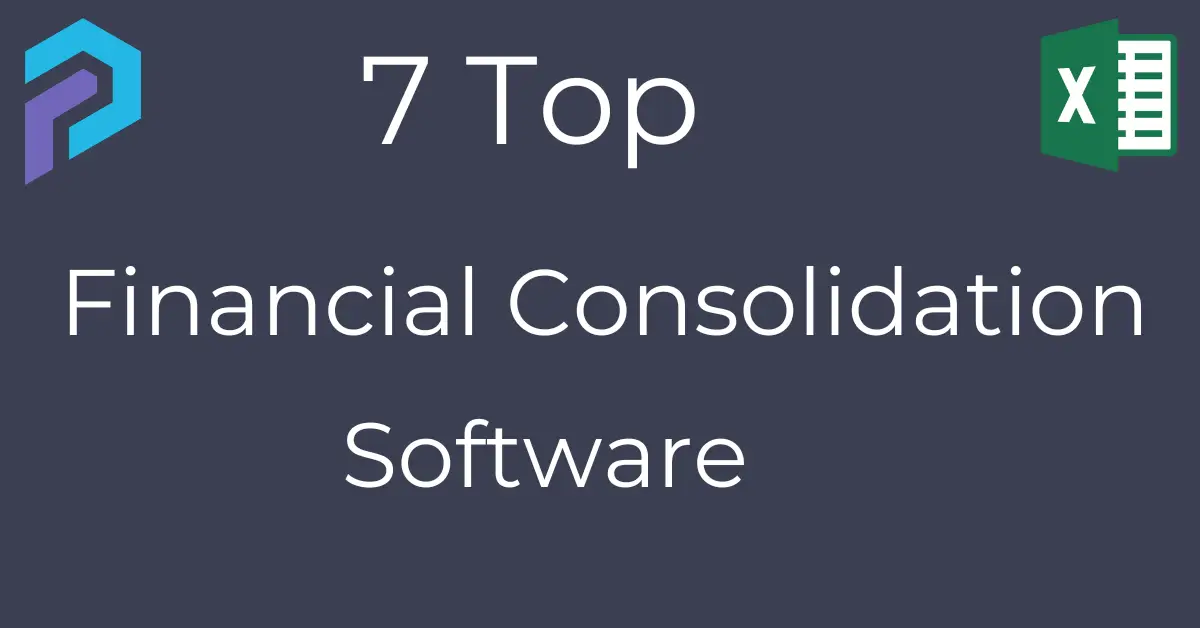As businesses scale and the complexity of financial reporting increases, the demand for efficient financial consolidation software has never been greater. In 2025, organizations are looking for tools that can streamline processes, ensure compliance, and provide actionable insights. Here are the seven best financial consolidation software solutions to consider this year:
1. PivotXL
Key Features:
- Deep Excel integration.
- Automated roll-ups and grouping.
- Multi-company consolidation.
Why It Stands Out: PivotXL is the only Excel-integrated software designed specifically for small finance teams. It combines familiarity with advanced functionality, making it a powerful yet user-friendly tool for consolidation.
Pricing: Starts at $100 per month. Ideal for small to medium business or small finance teams.
2. Joiin
Key Features:
- Consolidated financial reporting with multi-currency support.
- Customizable dashboards and reports.
- Integration with popular accounting systems like Xero, QuickBooks, and Sage.
Why It Stands Out: Joiin is an affordable and intuitive option for small to medium-sized businesses. Its ease of use and flexibility make it a popular choice for organizations looking to simplify their consolidation process.
Pricing: Starts at $19 per month. Ideal for select use cases but not looking for broader tool.
3. Quicken
Key Features:
- Built-in financial reports and account reconciliation tools.
- Budgeting and invoicing capabilities.
- Comprehensive tracking of income and expenses.
Why It Stands Out: Quicken is an excellent option for smaller businesses or personal finance management. Its straightforward approach makes it ideal for users new to financial consolidation software.
Pricing: Starts at $2.39 per month with a 30-day free trial. Ideal for individual persons.
4. OneStream
Key Features:
- Unified financial planning, reporting, and analysis.
- Scalable architecture for enterprise-level needs.
- Built-in compliance and audit trails.
Why It Stands Out: OneStream is a robust tool tailored for larger organizations. It’s designed to handle complex financial scenarios with ease, offering unparalleled performance and scalability.
Ideal For: Enterprise-level businesses.
5. Planful
Key Features:
- Budgeting, planning, and forecasting tools.
- Variance analysis and automated reporting.
- Advanced collaboration features for team-based workflows.
Why It Stands Out: Planful excels at integrating planning and consolidation, making it a favorite for FP&A teams. It’s particularly effective for organizations with dynamic financial environments.
Pricing: Enterprise-level businesses.
6. Prophix
Key Features:
- Comprehensive reporting, budgeting, and forecasting.
- Integration with ERP systems for seamless data transfer.
- Scenario planning and predictive analytics.
Why It Stands Out: Prophix is known for its focus on automation and usability. Its scenario planning tools help businesses prepare for various financial outcomes.
Ideal For: Mid-sized and large organizations.
7. Datarails
Key Features:
- Enhances Excel’s capabilities with advanced consolidation features.
- Financial reporting and automated workflows.
- Centralized data management for improved accuracy.
Why It Stands Out: Datarails is perfect for finance teams that rely heavily on Excel but need enhanced automation and consolidation features. It bridges the gap between familiarity and functionality.
Pricing: Enterprise-level businesses.
Choosing the Best Financial Consolidation Software in 2025 for Your Business
When selecting financial consolidation software, consider your organization’s size, budget, and specific needs. While smaller businesses might benefit from user-friendly and affordable options like Joiin or Quicken, larger enterprises may require robust solutions like OneStream or Planful. For a balance of modern features and ease of use, PivotXL emerges as a strong contender.



